Exploring Formaldehyde: Its Applications, Dangers, and Alternatives
Formaldehyde is a colorless, strong-smelling gas that is widely used in various industries. It plays a key role in manufacturing building materials, household products, and even in medical applications. However, despite its usefulness, formaldehyde is associated with several health risks, making its use a subject of ongoing debate.
Applications of Formaldehyde
Formaldehyde is primarily used as a preservative and disinfectant in laboratories and medical settings. It is instrumental in the production of formalin, a solution that is used for preserving biological specimens and tissues. In the construction industry, formaldehyde is an essential component in the production of resins, which are used in the manufacture of plywood, particleboard, and fiberboard. These materials are common in furniture and home construction due to their affordability and durability.
Additionally, formaldehyde is present in a variety of everyday products such as cosmetics, cleaning agents, and even certain textiles. It is also used in the production of certain plastics and synthetic fabrics, adding to its widespread presence in our daily lives.
Dangers of Formaldehyde
Despite its broad applications, formaldehyde is not without its dangers. It is classified as a carcinogen by both the International Agency for Research on Cancer (IARC) and the U.S. Environmental Protection Agency (EPA). Long-term exposure to formaldehyde has been linked to an increased risk of cancer, particularly in the nose, throat, and lungs. Short-term exposure can lead to irritation of the eyes, nose, and throat, and in some cases, may result in allergic reactions, respiratory problems, and headaches.
Because formaldehyde is commonly found in household items, it can contribute to indoor air pollution, particularly in newer buildings where materials containing formaldehyde are used. This makes it crucial to take precautions to limit exposure in indoor environments.
Alternatives to Formaldehyde
Given the health risks associated with formaldehyde, many industries are seeking safer alternatives. In the construction industry, alternatives such as phenol-formaldehyde-free resins, urea-formaldehyde-free products, and natural fiber composites are gaining popularity. In the medical field, researchers are exploring non-toxic preservatives and modern sterilization methods to replace formaldehyde-based solutions.
As awareness grows, the demand for safer, eco-friendly alternatives to formaldehyde is likely to increase, paving the way for innovative solutions in multiple sectors. While formaldehyde remains a useful chemical, the push for alternatives underscores the importance of balancing utility with safety.

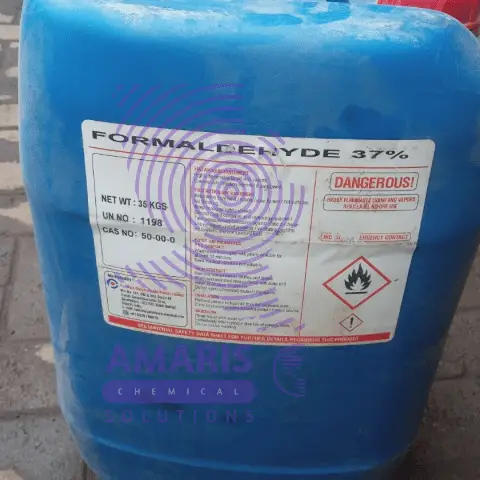
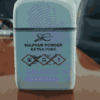

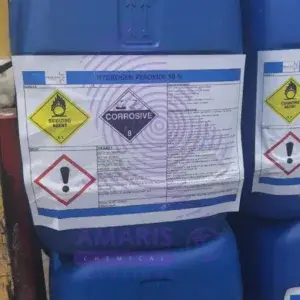
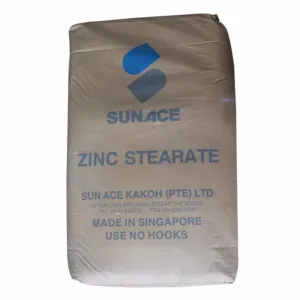


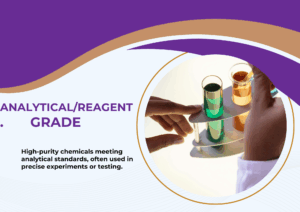

Add comment